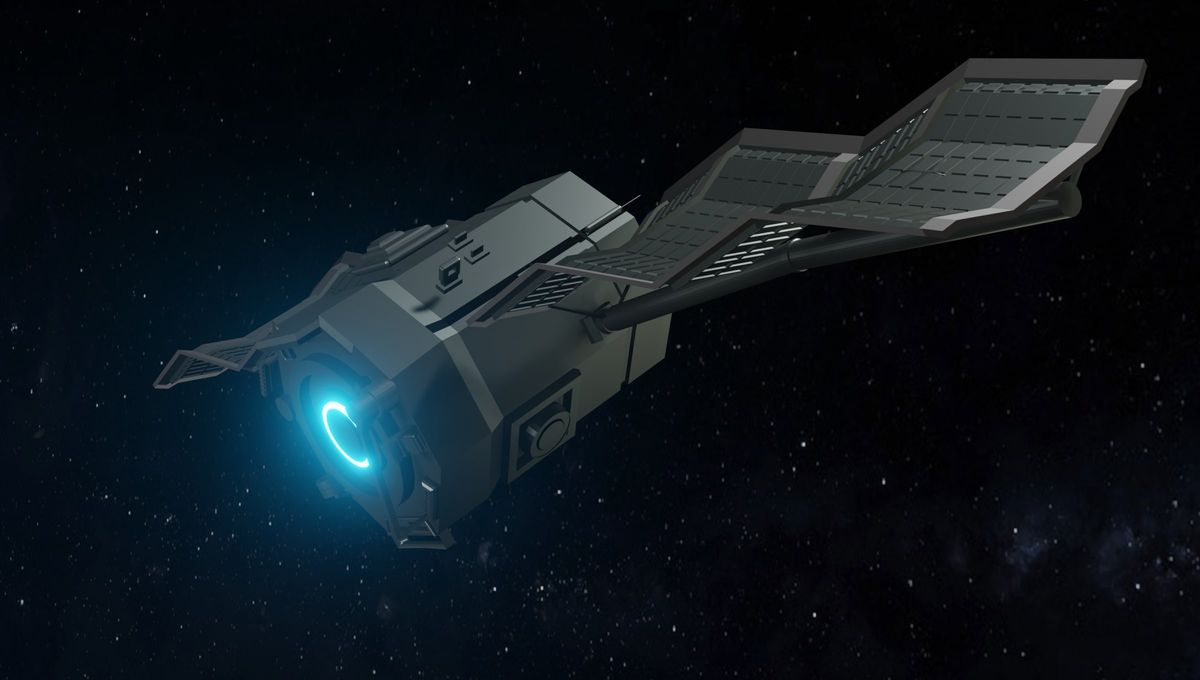
Covering interstellar distances in a human lifetime is far from easy. Going at 1 percent of the speed of light, it would take over 400 years to reach the closest star, and we have not been able to propel any spacecraft even close to that speed. But a new method aims to get to those speeds and maybe more – and it takes inspiration from the mighty albatross.
Chemical propulsion can be very useful in achieving high speeds pretty quickly, but there’s the drawback in that you need to carry the fuel with you, which means you need to be able to generate more thrust to shift the extra fuel and so on. It’s a huge issue when it comes to rocket science. A realistic alternative is ion propulsion, used to slowly and successfully maneuver the Dawn spacecraft, but it would take an equally long time to reach enough speed with such a steady but small acceleration.
Solar sails hold a more intriguing possible approach. Proposals such as the Breakthrough Starshot see lasers used to massively accelerate a spacecraft the size of a credit card to one-fifth the speed of light. But, you need to build a very powerful laser. A similar method using sunlight might also work, although not up to such a high speed.
Photons, the particle of light, are massless, but they carry momentum so they can still push a solar sail. An alternative would be to use the solar wind, the stream of charged particles released by the Sun; not as fast or as numerous as photons, but they could pack a pretty punch, with speeds between 250 and 750 kilometers per second (up to over one million miles per hour).
Researchers from McGill University and Tau Zero Foundation have developed a proof-of-concept method that mimics the maneuvers that seabirds, and even radio controlled glider pilots, can do to use the wind to accelerate faster to a speed greater than that of the wind itself.
The idea is to use the concept of “dynamic soaring” in the solar wind in the same manner, by bouncing back and forth between zones where the wind is moving at different speeds; this might allow a spacecraft to reach 2 percent of the speed of light in 2.5 years – and without using any fuel. So this approach could potentially be used as the first stage of an interstellar mission.
To achieve this dynamic soaring, you can’t use mechanical wings. The researchers propose instead to use a plasma wave antenna that would act like a windmill to extract power from the interplanetary medium.
“This paper is just a first look through a door opening into an entirely new class of propulsion; much work remains to be done,” McGill Interstellar Flight Research group wrote on a Twitter thread about this proposal.
The study is published in Frontiers in Space Technologies.
Source Link: “Dynamic Soaring” Could See Interstellar Probes Reach Super Speeds